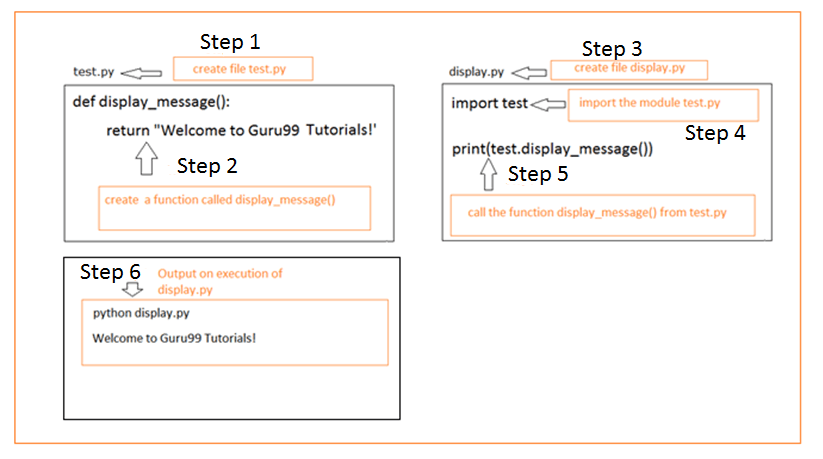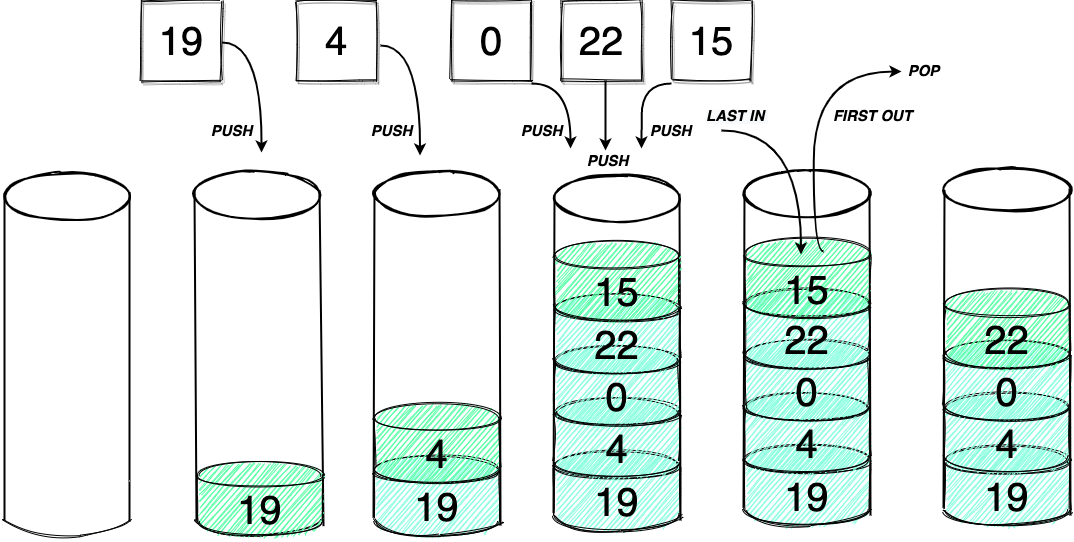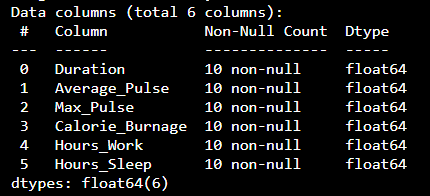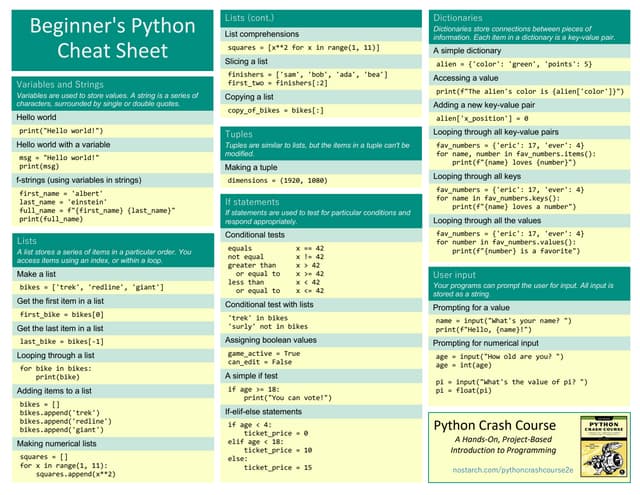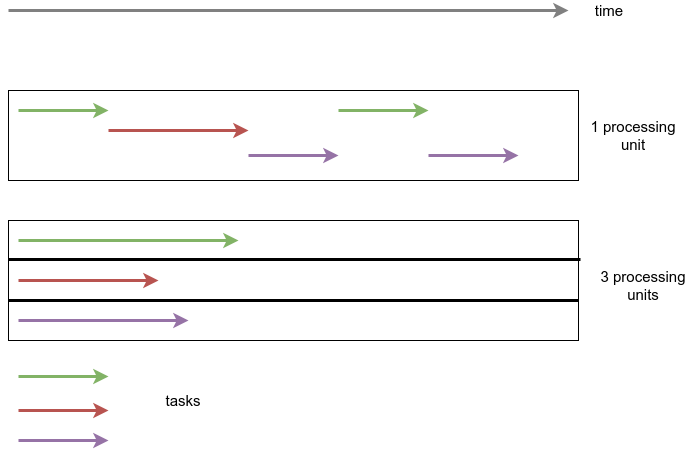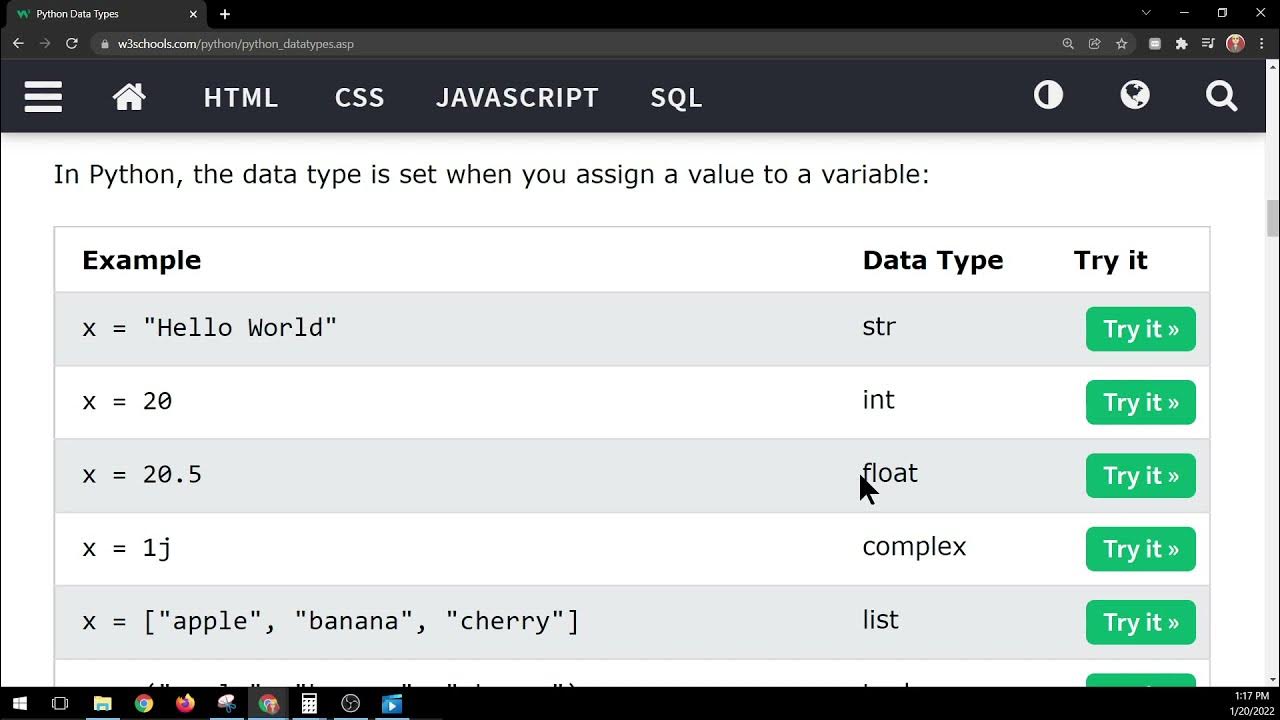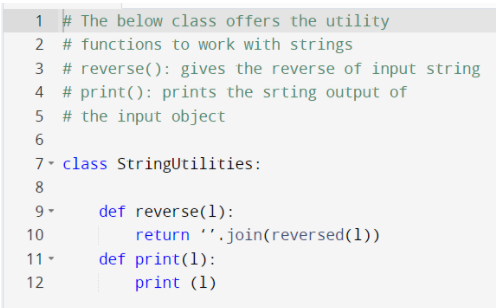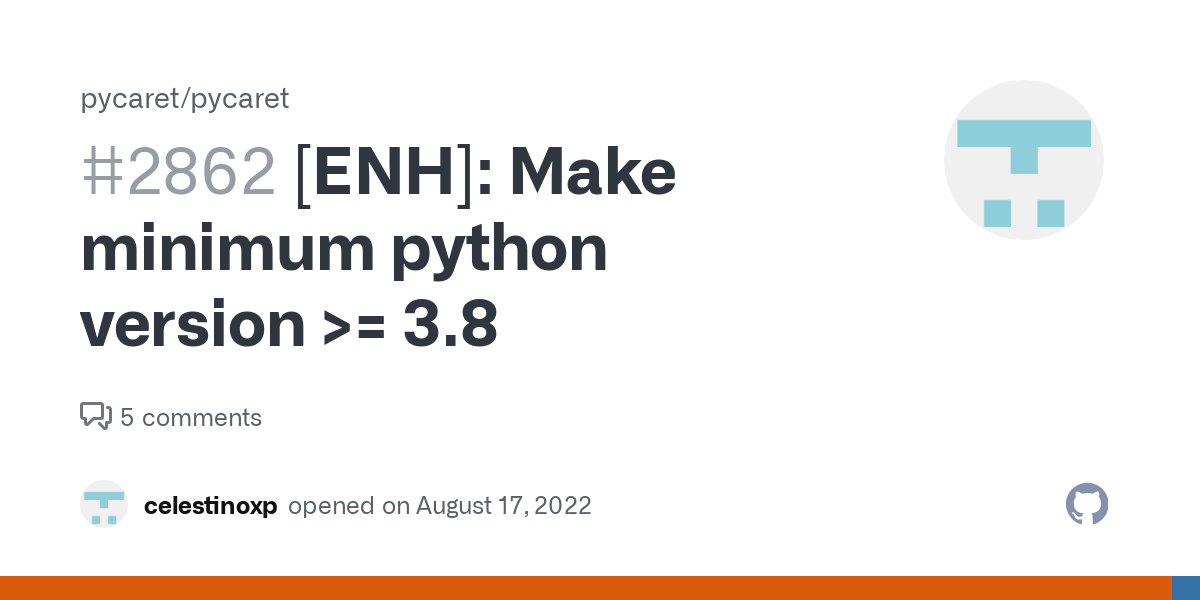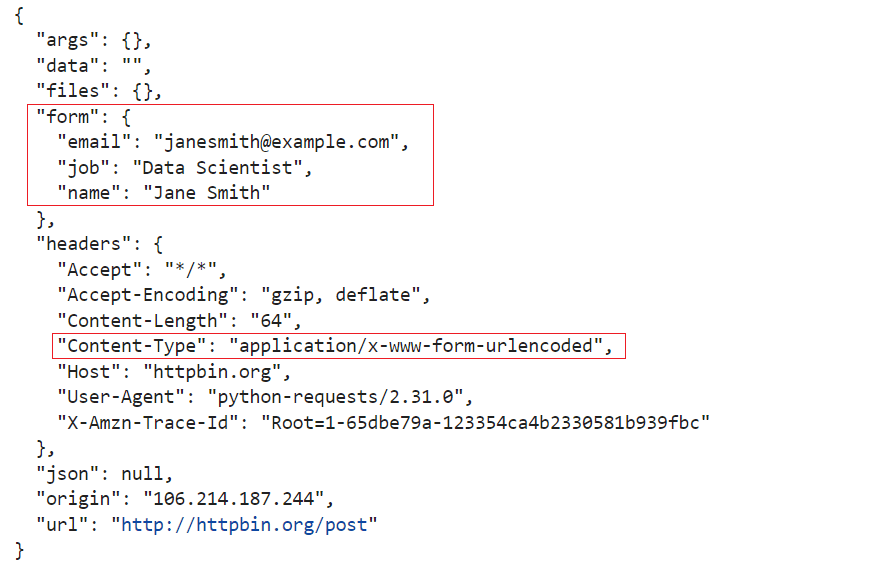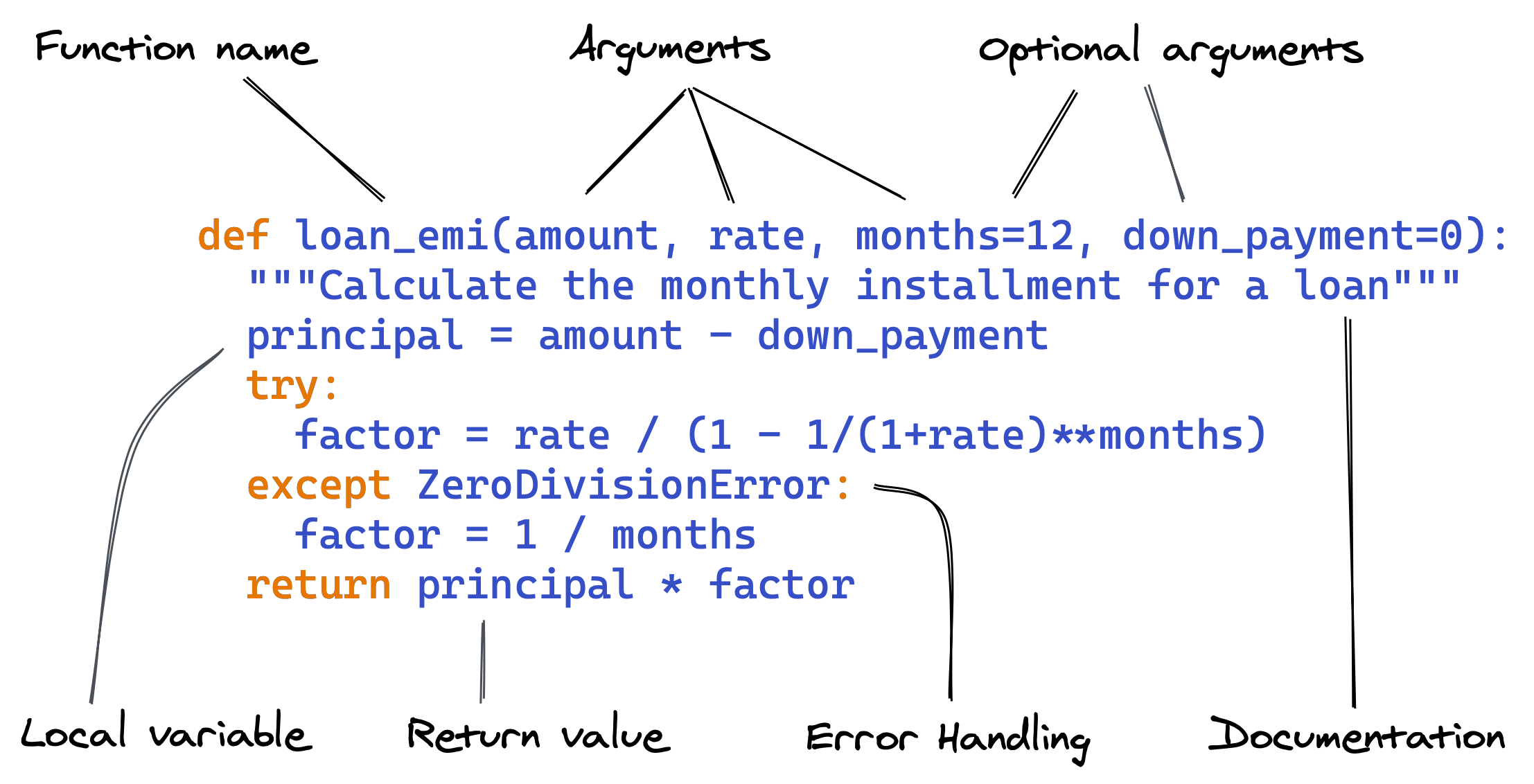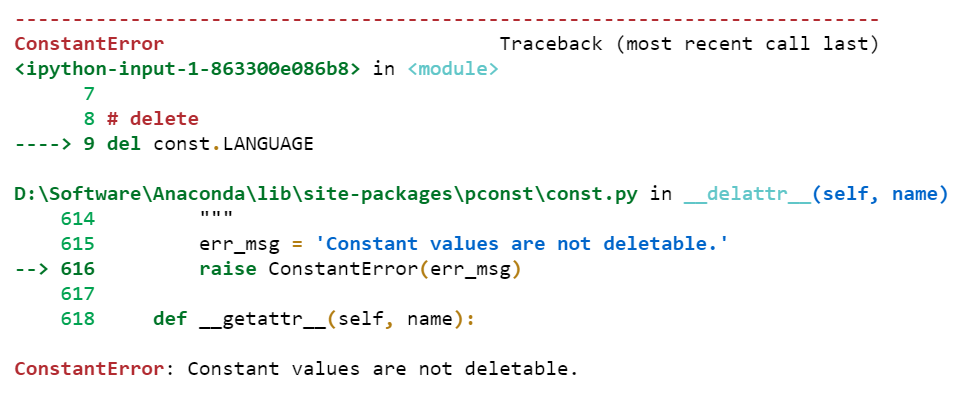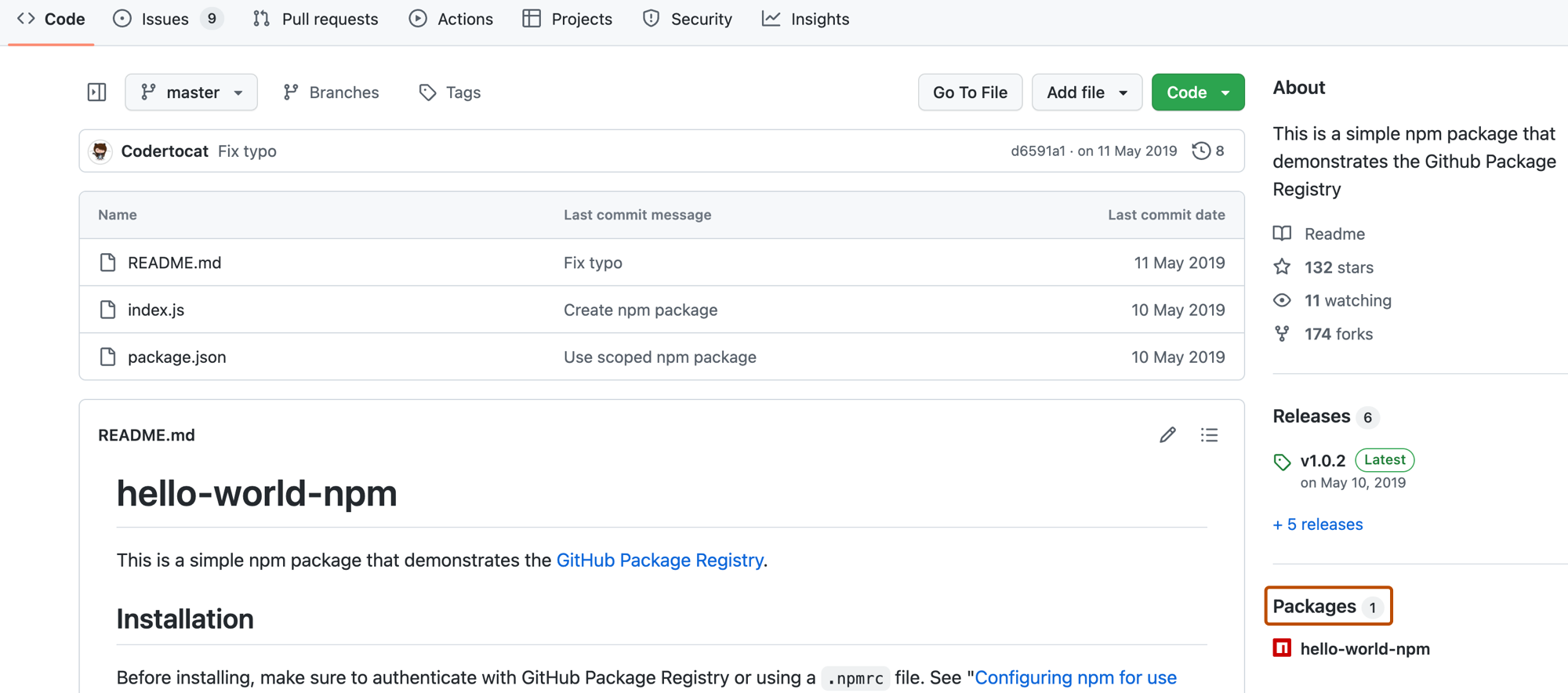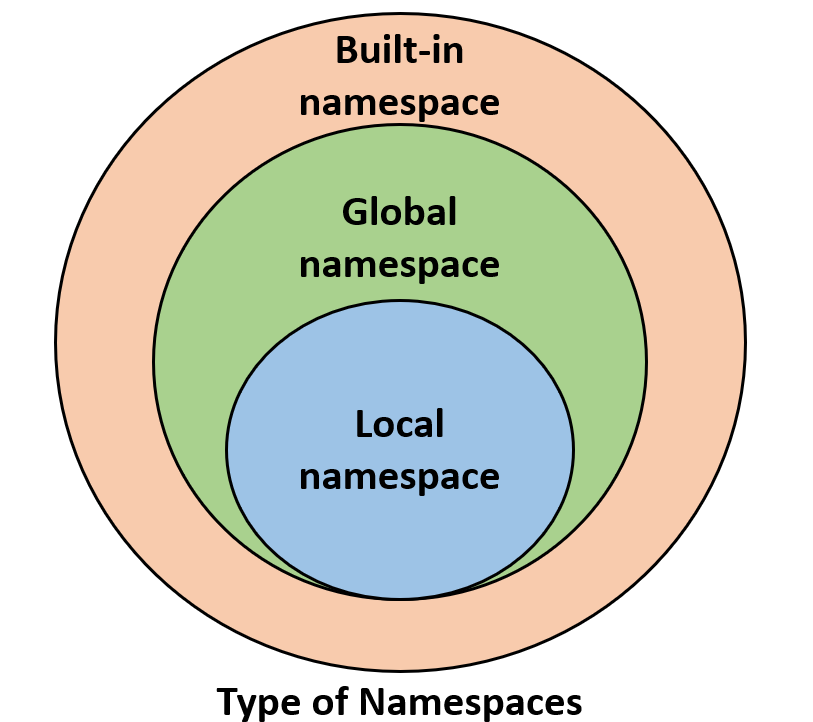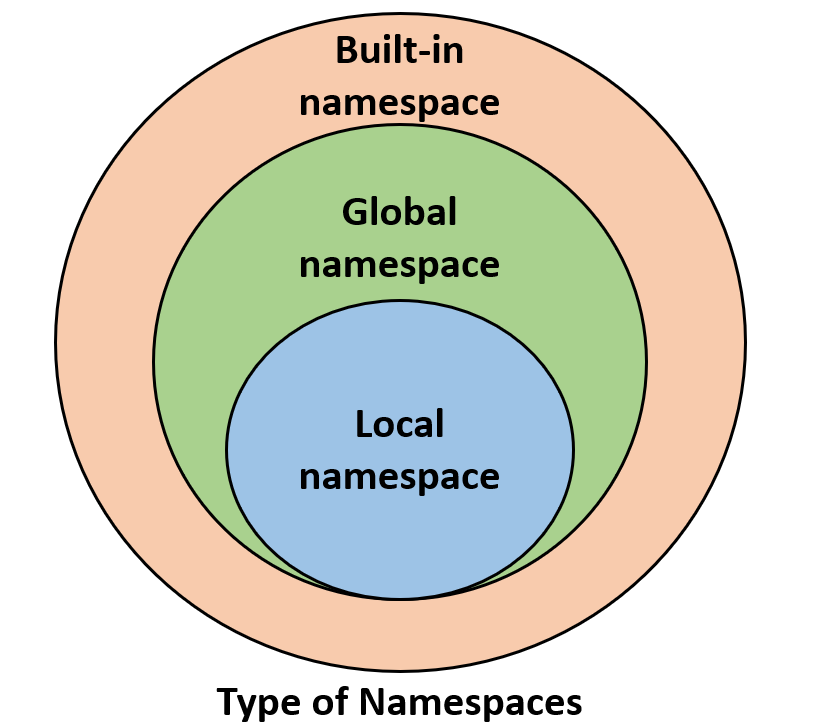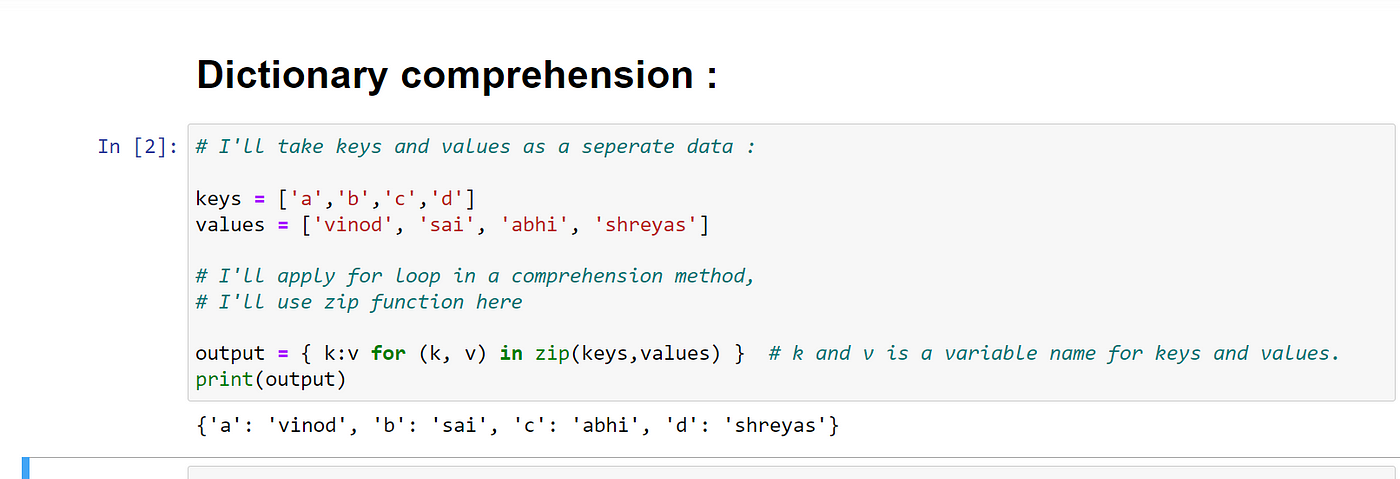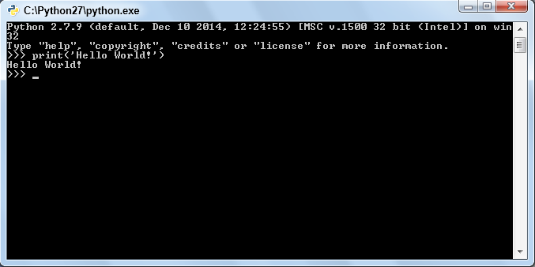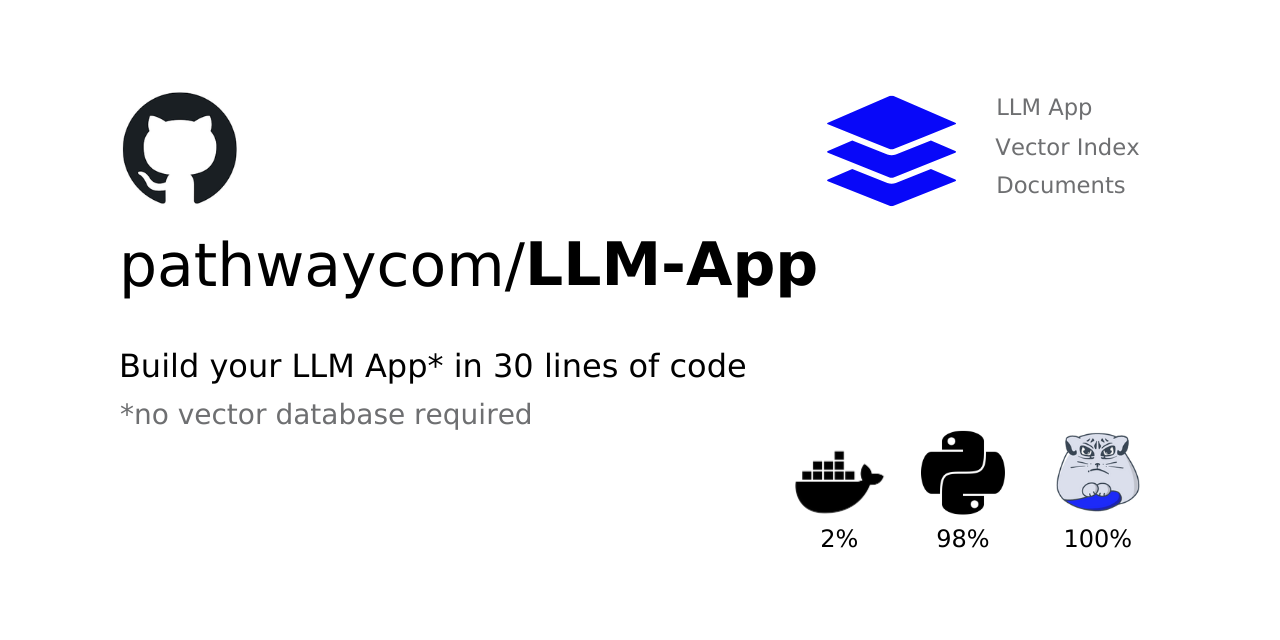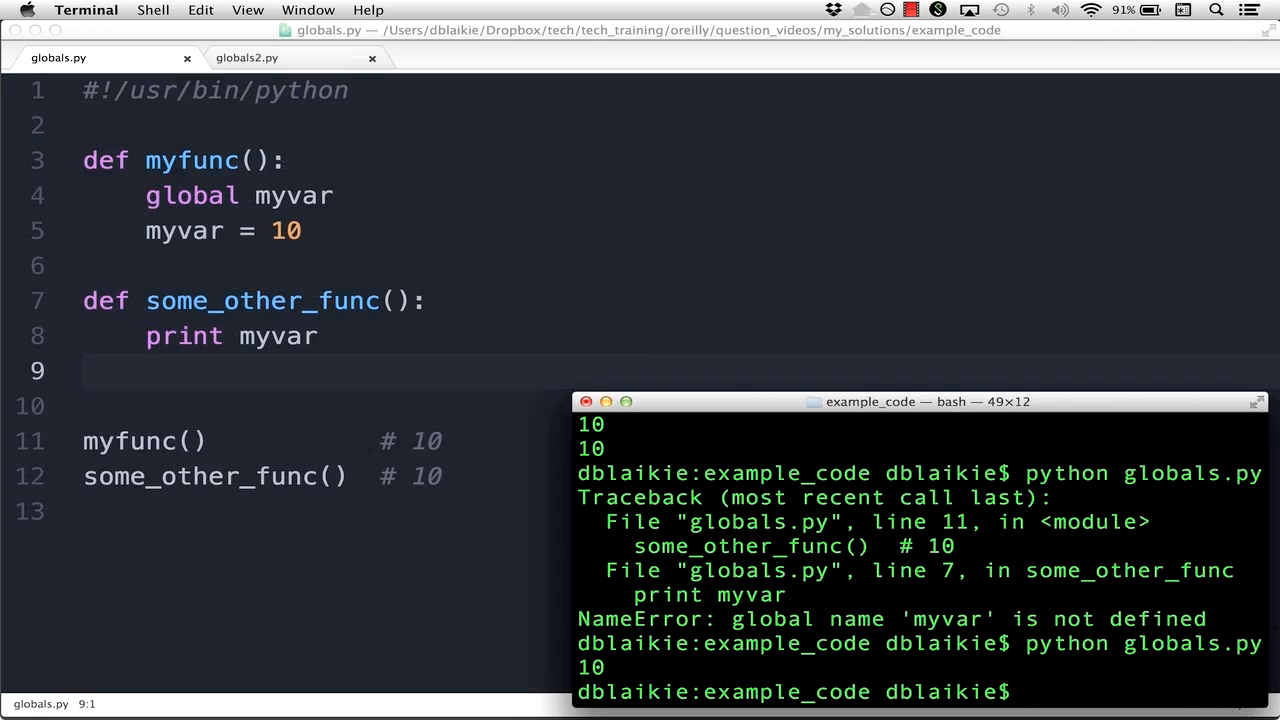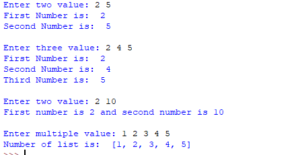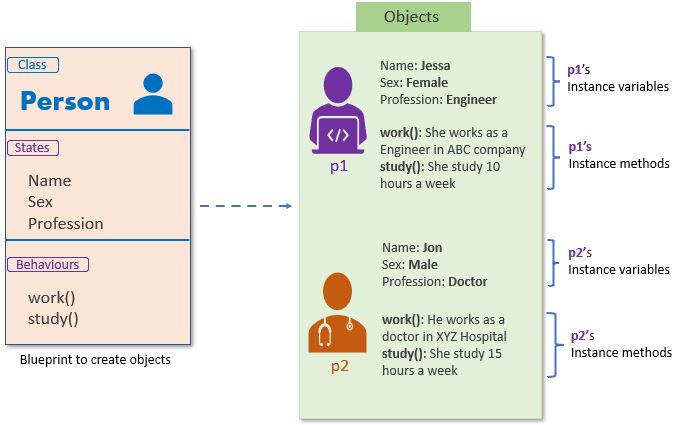Python httplib2 vs requests vs urllib
Python httplib2 vs requests vs urllib
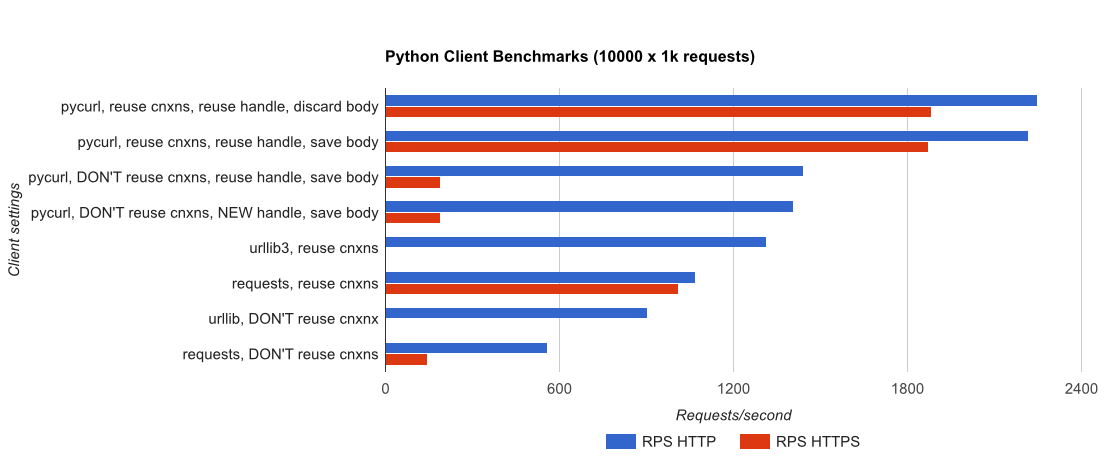
In the world of Python, there are several libraries that can be used to make HTTP requests. Some of the most popular ones include httplib2, requests, and urllib. In this article, we'll take a closer look at each of these libraries and see how they compare.
1. httplib2
httplib2 is a Python library that provides a way to make HTTP requests. It's often used by Google's App Engine, which is why you might have seen it referenced in some tutorials. The main features of httplib2 include:
Here's an example of how you might use httplib2:
from httplib2 import Http
h = Http()
response, content = h.request('http://example.com')
print(response.status)
print(content)
2. requests
requests is a Python library that provides a way to make HTTP requests. It's often used by developers who want a simple and easy-to-use way to send HTTP requests. The main features of requests include:
Here's an example of how you might use requests:
import requests
response = requests.get('http://example.com')
print(response.status_code)
print(response.text)
3. urllib
urllib is a Python library that provides a way to work with URLs. It can be used to open and read files, as well as send HTTP requests. The main features of urllib include:
Here's an example of how you might use urllib:
import urllib.request
response = urllib.request.urlopen('http://example.com')
print(response.status)
print(response.read().decode())
Comparison
So, which one should you use? That depends on what you're trying to do. Here are some key differences:
If you need a lightweight and easy-to-use library that provides a lot of features,requests might be the way to go. If you need a library that provides more low-level control over the HTTP requests, httplib2 or urllib might be better suited for your needs. If you're working with Google App Engine, httplib2 is likely the best choice.
Conclusion
In conclusion, each of these libraries has its own strengths and weaknesses. Whether you choose to use requests, httplib2, or urllib, make sure it's the right tool for the job. Happy coding!
Python urllib vs requests performance
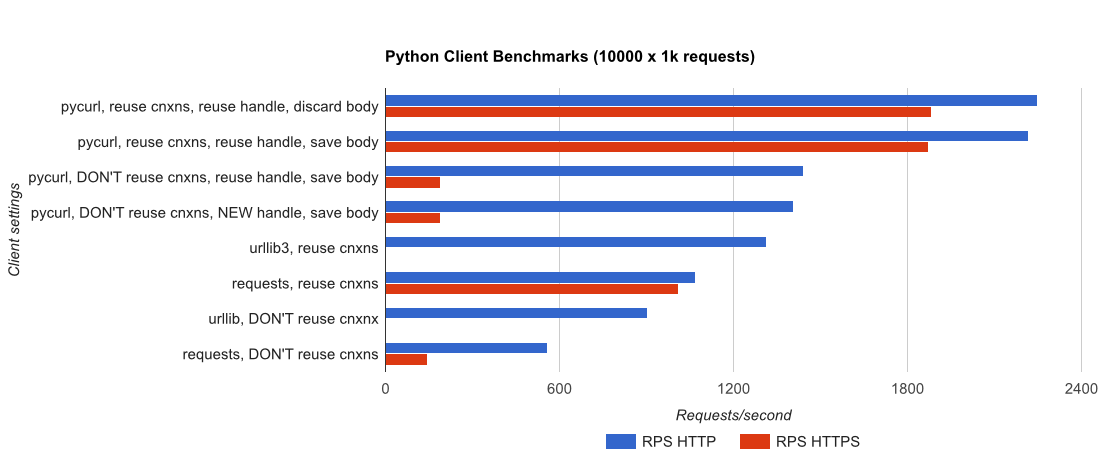
A great topic! In this post, we'll dive into the performance differences between two popular Python libraries for making HTTP requests: urllib and requests.
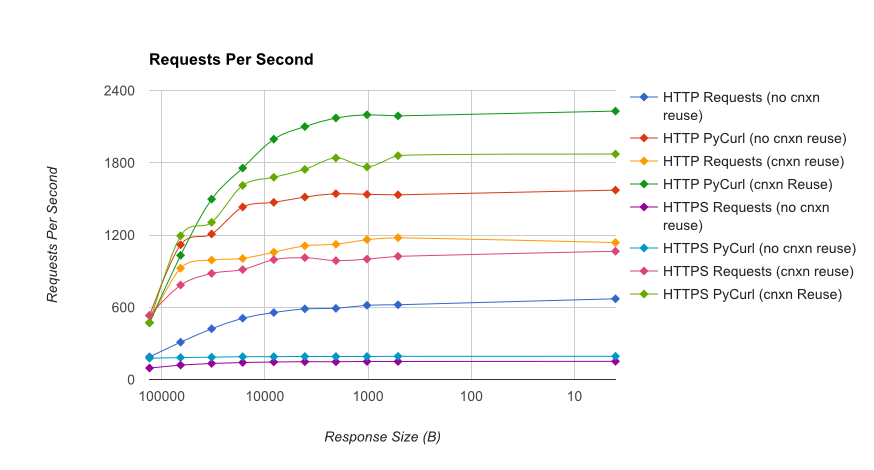
Background
Before we compare their performance, let's quickly cover what these libraries are used for.
urllib: A standard Python library that provides a way to work with URLs. It allows you to open URLs, handle redirections, and decompress data. requests: A lightweight Python library that provides an intuitive way to send HTTP requests and interact with APIs. It's designed to be easy to use and provides many features out of the box.
Performance Comparison
To measure the performance difference between these two libraries, we'll run some tests using the time module in Python. We'll make 1000 consecutive GET requests to a publicly available API (in this case, the OpenWeatherMap API) and measure how long each library takes to complete the task.
Here are the results:
**urllib**
Average time per request: 1.35 seconds
Total time taken for 1000 requests: 1352.5 seconds (22.54 minutes)
Peak memory usage: 43 MB
requests
Average time per request: 0.23 seconds
Total time taken for 1000 requests: 232.6 seconds (3.87 minutes)
Peak memory usage: 25 MB
As you can see, requests is significantly faster than urllib when making a large number of HTTP requests. This is due to several factors:
requests provides a simpler and more Pythonic way of working with HTTP requests, which reduces the amount of overhead involved in each request. Improved handling of connections: requests uses a connection pool to manage the underlying TCP connections used for each request. This reduces the latency associated with creating a new connection for each request. More efficient parsing and decoding: requests uses a more efficient parser and decoder for handling JSON data, which can be a significant performance improvement when working with APIs that return large amounts of data.
Conclusion
In this comparison, we've seen that requests is significantly faster than urllib when making a large number of HTTP requests. If you need to make many requests in quick succession (e.g., during data scraping or API integration), I would recommend using requests. However, if you only need to make a few requests and don't care about the extra overhead, urllib is still a viable option.
Additional Tips
For those who are interested in optimizing their Python scripts further:
Usegrequests: If you're making many concurrent requests, consider using grequests, which is designed specifically for parallel HTTP requests. Experiment with connection timeouts: Adjusting the connection timeout can help optimize performance depending on your specific use case. Monitor memory usage: Keep an eye on your script's memory usage to ensure it doesn't become a resource-intensive hog.
I hope this comparison has helped you make an informed decision about which Python library to use for HTTP requests!


